
Many anime series like to throw major twists at viewers when they seem to have figured things out. These surprises, often happening mid-season, completely change the story, relationships between characters, and build towards exciting finales that feel natural. These twists can range from long-held secrets being revealed to fundamental changes in the show’s world. Here are twenty-five of the most impactful mid-season shocks that dramatically altered how viewers experienced those shows.
‘Neon Genesis Evangelion’ (1995–1996) – Unit-03’s activation turns catastrophic
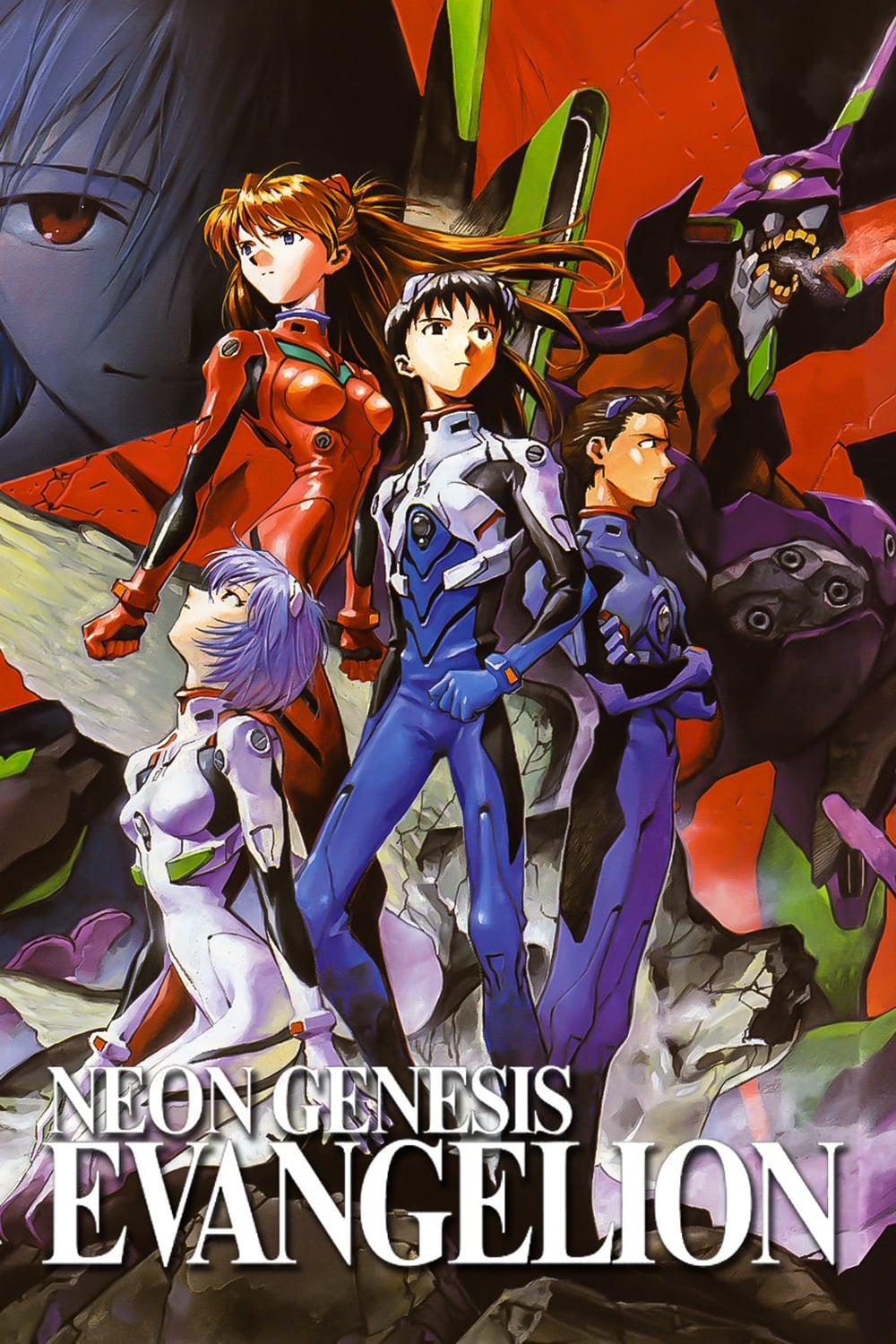
During a large-scale test, Unit-03 is activated and immediately infected by an Angel, taking control of the Eva. This forces NERV to use the risky Dummy Plug system. The resulting fight causes Unit-01 to lose control, destroying Unit-03 and severely injuring its pilot, Toji Suzuhara. This event reveals the cruel nature of the Dummy Plug and creates tension between the Eva pilots and NERV command. It also marks a turning point for the series, as it delves into darker psychological themes and increases public concern about NERV’s operations.
‘Steins;Gate’ (2011) – The first failed rescue resets everything
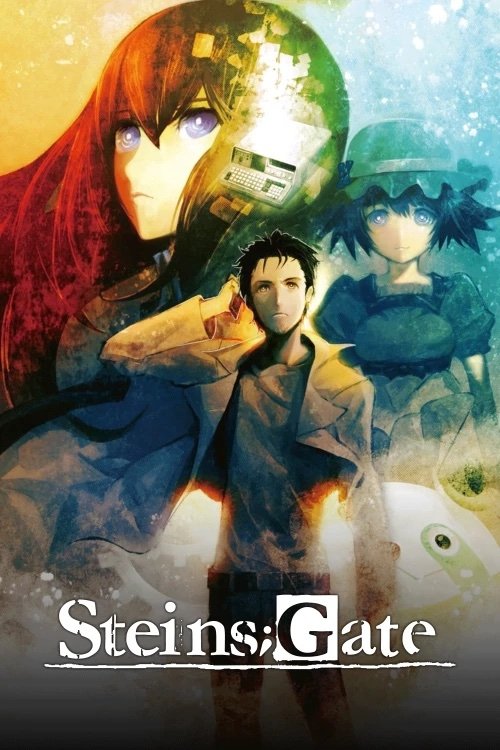
When Okabe fails to save Mayuri, he gets stuck in a repeating time loop, which drives the rest of the story. He discovers that changing minor details doesn’t prevent the tragedy from happening, and there seems to be a limit to how much he can alter events. The real impact isn’t just one death, but the understanding that simply repeating the loop won’t be enough to change fate. This turning point shifts the story from a lighthearted exploration of time travel to a serious, rule-based attempt to rescue Mayuri.
‘Attack on Titan’ (2013–2023) – The Armored and Colossal Titans are unmasked

During a dangerous mission outside the Walls, Reiner Braun and Bertholdt Hoover shockingly reveal themselves to be the Armored and Colossal Titans. This confession happens right in the middle of a tense standoff and immediately leads to both of them transforming and attempting to kidnap someone. The revelation confirms long-held suspicions that there was an enemy within the ranks, completely shifting Squad Levi’s focus. It also explains strange events from the past, like unusual troop movements and security breaches, and connects several different storylines.
‘Demon Slayer: Kimetsu no Yaiba’ (2019–) – Gyutaro emerges after Daki’s decapitation

During the Entertainment District battle, things took a surprising turn when Daki’s brother, Gyutaro, emerged from her, taking over the fight. This raised the stakes considerably, as both demons shared a life force – meaning both had to be defeated at the same time. This also explained why Daki’s strength seemed to change unexpectedly and why reports of upper-rank demons were often unreliable. The demon slayers had to quickly change their strategy and coordination to fight this two-in-one enemy.
‘Death Note’ (2006–2007) – Light relinquishes the notebook by design
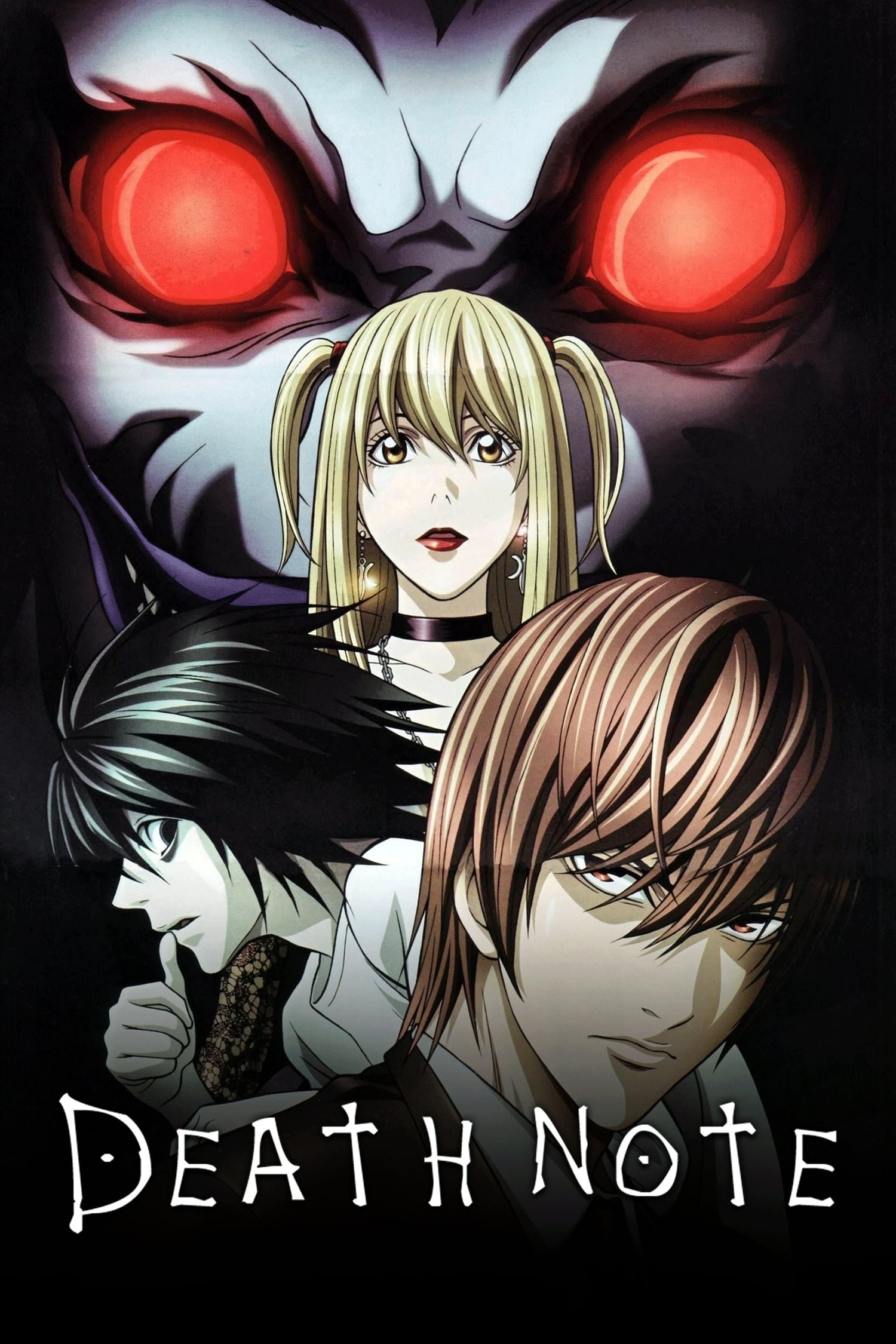
Light strategically gives away the Death Note to make people forget things and distance himself from any evidence linking him to Kira. This allows the police to investigate a new series of killings committed by Light’s chosen accomplice, and lets Light cleverly rejoin the investigation team with a clean slate. Once he gets the notebook back, all his forgotten memories return, revealing a complex trap he’d carefully planned months in advance. This maneuver effectively restarts the hunt for Kira, giving the investigation a fresh start and changing the power dynamics.
‘Fullmetal Alchemist: Brotherhood’ (2009–2010) – King Bradley is exposed as Wrath
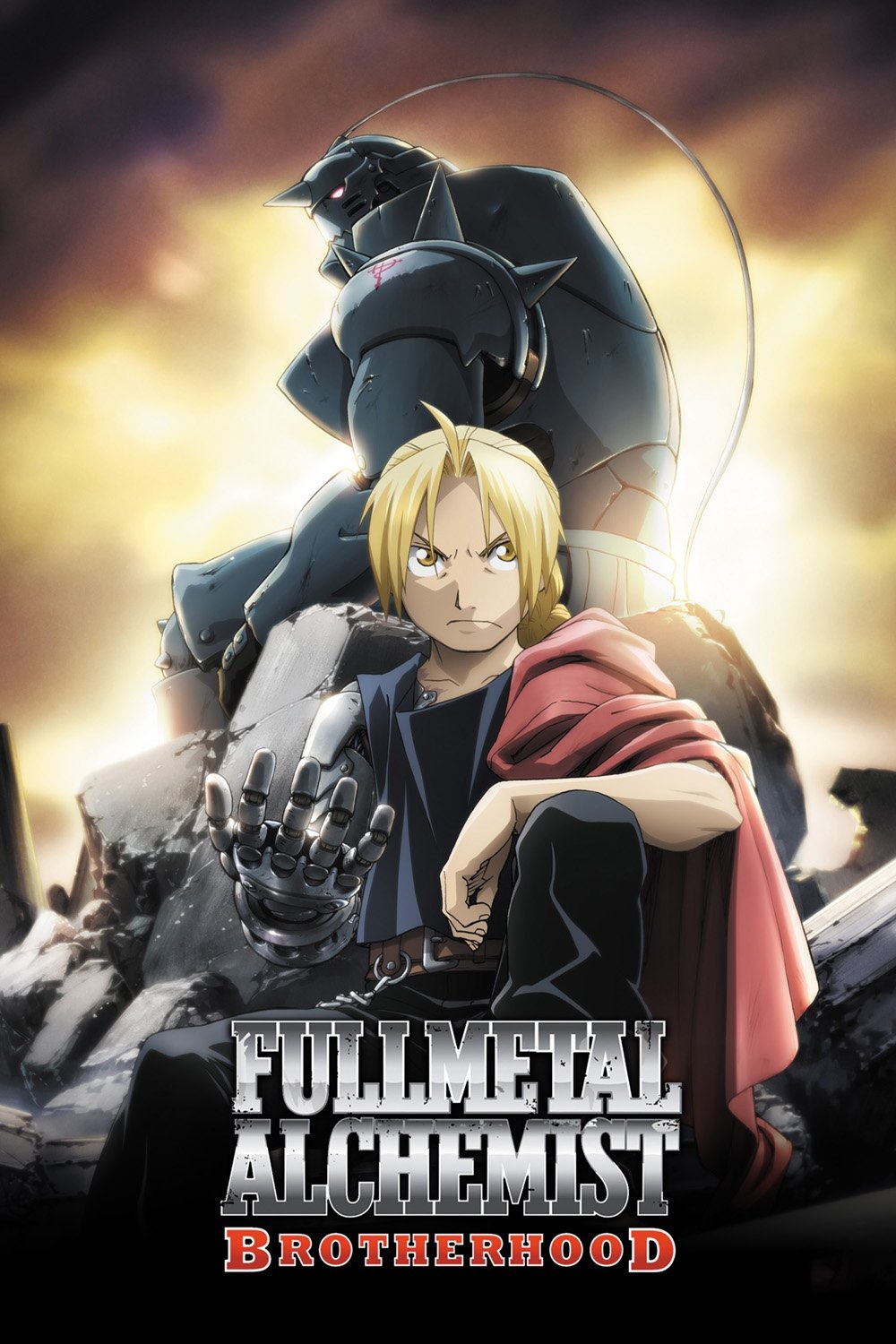
A recent fight reveals that the leader of Amestris isn’t human at all, but a Homunculus, blurring the lines between the government and a hidden conspiracy. This explains his incredible fighting skills and clever political strategies, like how he strategically placed people to keep potential dangers isolated. It also shows that the deployment of State Alchemists wasn’t random, but part of a larger, nationwide plan involving transmutation. As a result, the heroes now see the entire government as the enemy, not just the research facilities.
‘Gurren Lagann’ (2007) – Kamina falls during the decisive assault

During a battle to take a Beastman fortress, Kamina was mortally wounded after inspiring Simon and Gurren Lagann to achieve a major victory. While the team won, Kamina’s death threw everyone into chaos, forcing a new leader to step up as their enemies took advantage of the situation. This loss changed how the team operated, strained their supplies, and lowered everyone’s spirits. Ultimately, it pushed Simon to grow and become stronger under immense pressure.
‘Psycho-Pass’ (2012–2013) – The Dominator won’t judge the mastermind

When Akane tries to use her Dominator on Shogo Makishima, the weapon won’t fire, either to kill or paralyze him, because his Crime Coefficient is too low to register. This reveals a major flaw in the Sibyl System’s method of judging guilt. Instead of simply catching criminals, the team now has to question the system itself and its limitations. They’re forced to use methods outside the rules, strategies the system can’t approve of or anticipate.
‘Bleach’ (2004–2012; 2022–) – Aizen’s betrayal reorganizes the war

Sōsuke Aizen faked his death as part of a plan to get to the Hōgyoku and create chaos within the Soul Society. His escape with Gin and Tōsen sets the stage for the arrival of the Arrancar. Looking back, seemingly small details – like altered records and well-timed actions – now clearly point to Aizen’s elaborate scheme. This leaves the captains scrambling to fix the damage while a new battlefront emerges in Hueco Mundo.
‘Sword Art Online’ (2012–) – Aincrad clears halfway through the season

Kirito’s fight with Heathcliff exposes him as the mastermind behind the game and the ultimate boss, bringing the life-or-death struggle to an unexpectedly early conclusion. This abrupt ending sends the surviving players into a new virtual world, Alfheim Online, where a different kind of conflict arises. The story shifts from a desperate fight for survival to one focused on rescue missions and uncovering a larger conspiracy. Everything is essentially reset – players start with nothing, their abilities are rebalanced, and old alliances are disrupted by the new game’s rules.
‘The Promised Neverland’ (2019–2021) – Norman’s shipment changes the plan
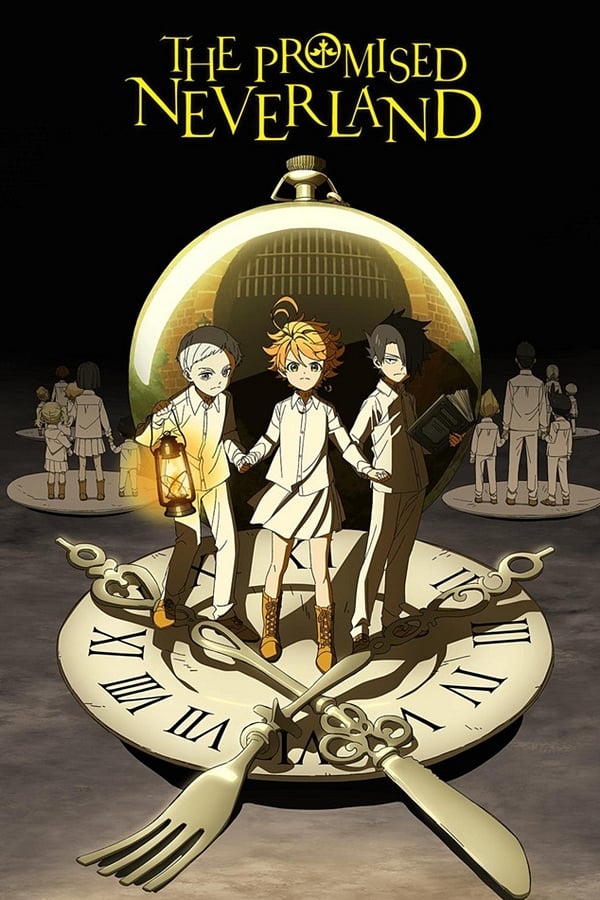
Isabella unexpectedly sent Norman away, disrupting the children’s carefully planned escape. Now, they have to quickly change their schedule, figure out who will lead, and find new routes without their most thoughtful strategist. This incident reveals how strictly the farm is run and how closely they are watched. It also makes their game of trying to outsmart the farm’s security more dangerous, requiring them to take bigger risks with their practice runs and attempts to mislead their captors within the facility.
‘Made in Abyss’ (2017–) – Riko’s poisoning forces emergency amputation measures
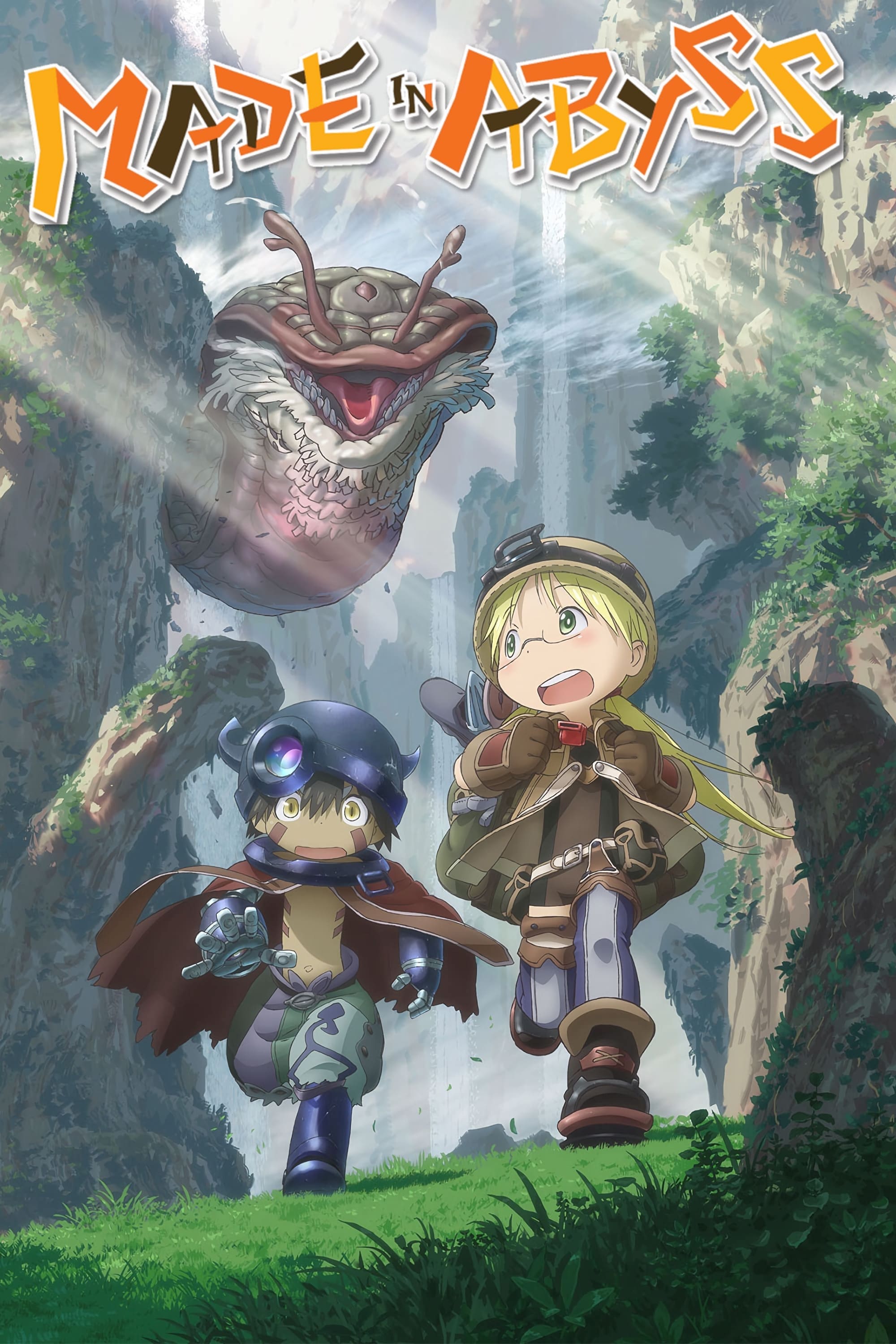
When Riko is seriously injured by a venomous stinger, Reg and their new friend Nanachi are forced to perform a risky emergency surgery. This event highlights the increasing dangers of the Abyss, as existing injuries are made worse by the difficulties of climbing up. It also raises tough questions about what people will do to survive in the deepest parts of the Abyss. Ultimately, the experience brings Reg, Nanachi, and Riko closer together, making them a strong team that relies on each other for medical help and strategic planning.
‘Parasyte -the maxim-‘ (2014–2015) – A parasite takes over Shinichi’s mother

When Shinichi’s parent returns, they unknowingly bring a dangerous, personal threat directly to him, shifting the conflict from everyday encounters to a family crisis. This forces Migi to perform a risky procedure to repair Shinichi’s heart, strengthening their connection. The event reveals how parasites take advantage of people and explains why it’s so hard to identify them. As a result of these changes, Shinichi’s body and reactions are different in future battles.
‘Puella Magi Madoka Magica’ (2011) – Homura’s time-loop backstory reframes the conflict

A key episode shows that Homura has been repeatedly resetting time in an attempt to save Madoka from making a fateful contract that would turn her into a powerful and destructive witch. This explains why Homura is so prepared, her seemingly endless resources, and why she’s hostile towards Kyubey. It also reveals that each time loop increases Madoka’s inherent power. After this reveal, the story becomes a race against time, limited by events Homura hasn’t been able to change despite her efforts.
‘Fate/Zero’ (2011–2012) – Caster’s sea monster triggers a joint operation

A powerful attack forces the Masters and Servants fighting each other to temporarily team up. They agree on a common set of rules for a single night, letting them coordinate and use their special abilities under intense pressure. This event highlights attacks designed to destroy strong defenses and the difficult choices made when innocent lives are at risk. Afterward, old rivalries return, but the Grail War is now focused on a smaller group of contenders who are better prepared.
‘Re:Zero -Starting Life in Another World-‘ (2016–) – Subaru’s public collapse derails alliances

A public and embarrassing clash during the Royal Selection reveals Subaru’s emotional vulnerability to important figures and knights. This damages his relationship with Emilia and causes allies in the capital to distance themselves. Forced to act alone without crucial information, Subaru’s plans repeatedly fail, leading to increasingly difficult and punishing time loops. As a result, earning back trust and support later on will depend on proving his worth through actions, not just good intentions.
‘JoJo’s Bizarre Adventure: Golden Wind’ (2018–2019) – The boss’s identity and ability come into focus

The team is getting closer to discovering who’s really in charge of Passione, and the secrets behind the Stand, King Crimson, are finally being revealed. This explains confusing events from earlier surveillance and why people vanished so suddenly. Now, the heroes are locked in a chase where they need to find ways to fight against having their time erased. The mission has changed from simply protecting someone to taking down the leader, and they now have new locations to focus on.
‘Banana Fish’ (2018) – Shorter Wong’s death fractures the alliance

Okay, so the film takes a really dark turn when a rescue mission goes horribly wrong. We see Shorter, tragically, forced to turn on his own crew while under the influence of this new, incredibly powerful drug, and it ultimately leads to his death – at the hands of a rival gang, no less. It’s a brutal scene, and it really hammers home just how dangerous this substance is and how far the gang’s influence doesn’t reach. Afterwards, things change drastically. The crew is forced to reassess everything – their safe houses, who they can trust as informants, even their emergency medical plans. But more than that, Shorter’s death throws the entire criminal landscape of New York into chaos, making any future deals incredibly complicated and risky. It’s a pivotal moment that really reshapes the power dynamics.
‘Tokyo Revengers’ (2021–) – Draken’s stabbing tilts the Toman power struggle

A street fight leaves Draken severely injured, putting the biker gang’s leadership in jeopardy. The conflict started with a series of deliberate instigations and outside forces manipulating the rival gangs. The immediate focus shifts to getting Draken medical attention and securing the hospital, while the consequences of the fight begin to strain existing alliances. Whether Draken survives will decide who takes control of the gang’s future decisions.
‘Clannad: After Story’ (2008–2009) – Nagisa’s death resets the family arc

When Nagisa unexpectedly passes away during childbirth, the story takes a heartbreaking turn from a cheerful look at family life to one focused on grief and parenthood. The show then centers on Tomoya’s journey to raise their daughter, Ushio, and rebuild relationships with his family. This also gives new meaning to earlier hints about health and the changing seasons. The story’s direction shifts, with characters now focused on healing old wounds and providing for the future.
‘The Melancholy of Haruhi Suzumiya’ (2006; 2009) – ‘Endless Eight’ locks the show in repetition

I was completely captivated by this storyline! It centers around the SOS Brigade finding themselves stuck in the same summer day over and over again, but with a really clever twist – only one of them remembers what’s happened before. What was amazing was how the show actually presented this loop each week with fresh scenes and different takes – it felt like we were experiencing it with them. The characters realized they had to do something specific to break free, and honestly, it was groundbreaking. It really pushed the boundaries of what you could do with a TV show and tested how much the audience would embrace such a unique, complicated structure. It was brilliant!
‘Mobile Suit Gundam 00’ (2007–2009) – The Trinity siblings upend the battlefield
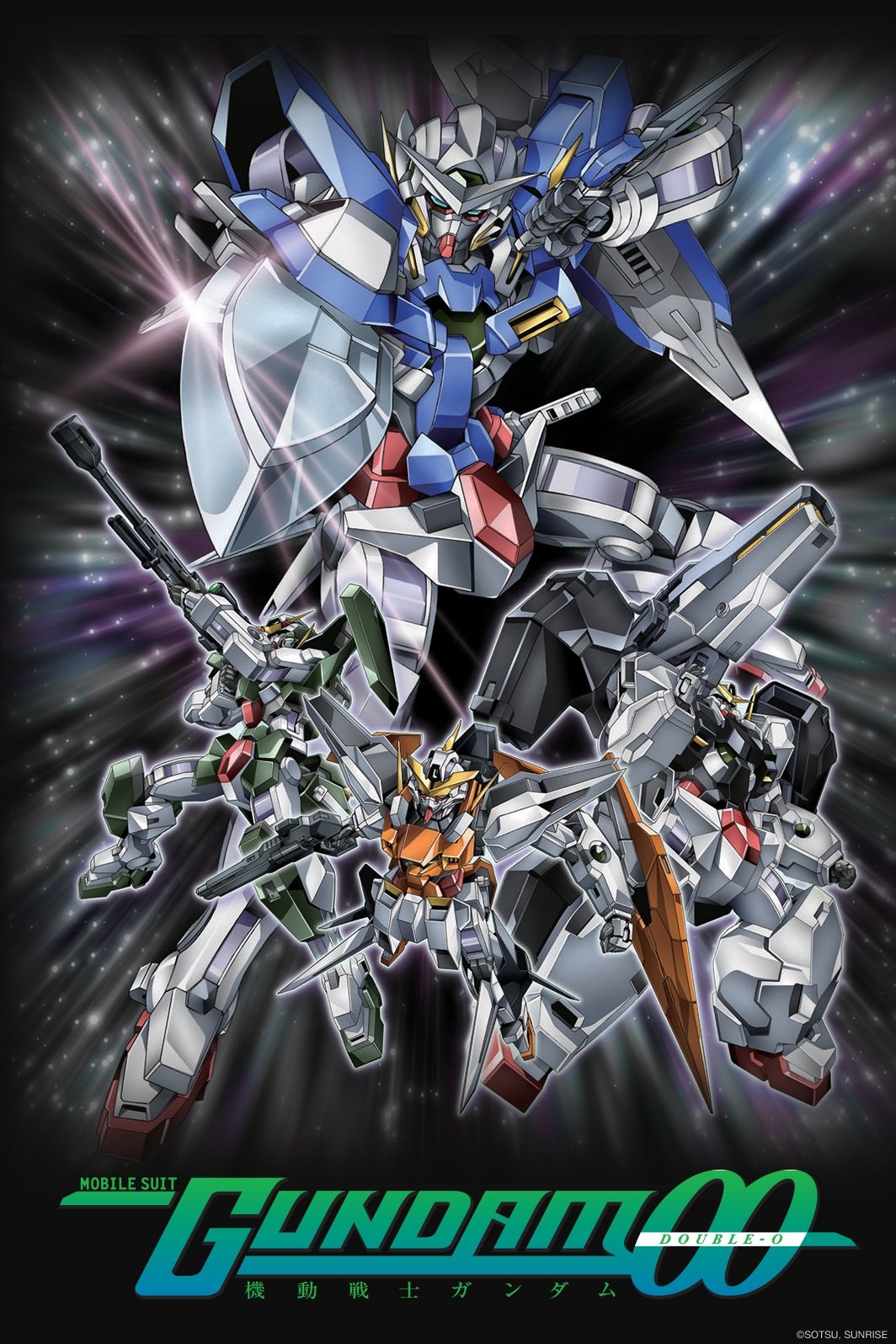
As a huge Gundam fan, I was really thrown when a second group of pilots showed up during the conflict, claiming to be on the same side as Celestial Being. But they completely disregarded the rules of engagement the organization had already set – it was chaos! Their actions didn’t help things at all, actually making the fighting worse and forcing nations to team up against Celestial Being. What’s even more concerning is that this revealed some serious weaknesses in how Celestial Being verifies who’s who and protects its data. It basically pushed the world powers to develop the GN-X program, which finally gave them a fighting chance and leveled the playing field.
‘Mob Psycho 100’ (2016–2022) – Claw’s 7th Division forces Mob past his limits
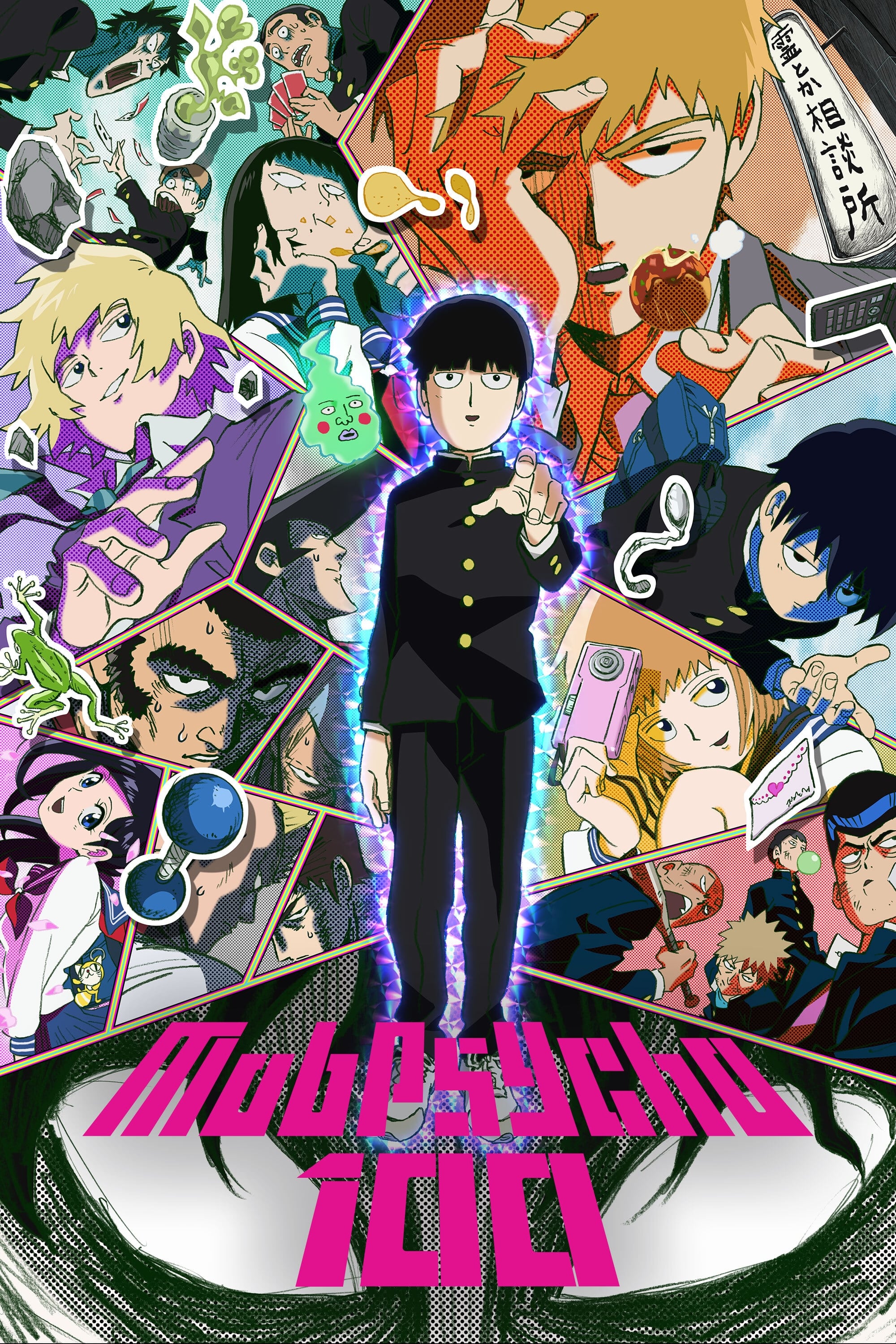
A daring mid-season rescue mission for captured espers repeatedly pushes Mob to his psychic limits, eventually unlocking a mysterious new state, symbolized as “???” During the operation, they uncover details about Claw’s organization – its leadership, bases, and how it finds new members. This experience also helps define Mob’s emotional triggers, which enemies start using against him. Following the mission, other espers create new strategies to prevent future kidnappings.
‘Higurashi: When They Cry’ (2006) – ‘Meakashi-hen’ reveals the culprit’s point of view
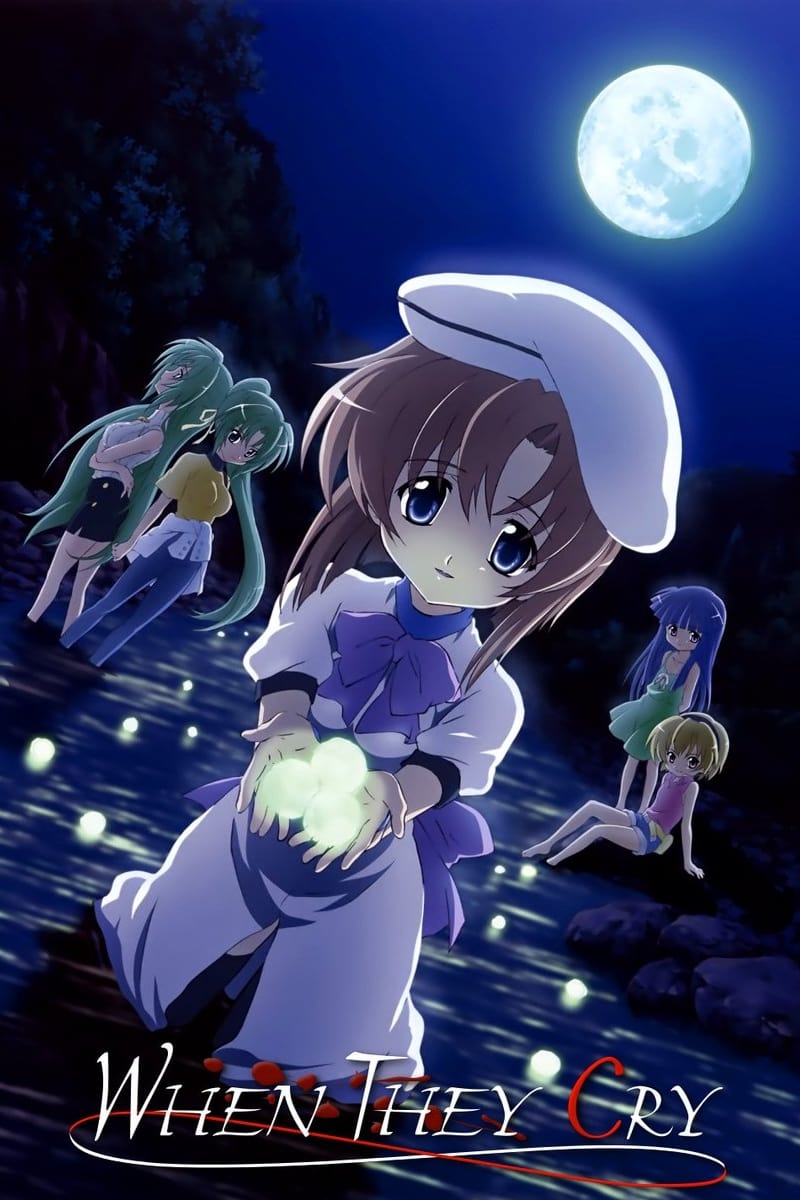
About halfway through the story, the focus switches to show events from the killer’s perspective, which changes how we understand everything that happened before. This reveals that misunderstandings and biased storytelling led viewers down the wrong path. We finally see how disappearances, hidden locations, and shaky alibis all fit together. This new approach sets the stage for solving the central mystery of Hinamizawa by comparing different timelines.
‘Vinland Saga’ (2019–) – The Thorkell battles reframe loyalties on the march

A surprise attack by Thorkell throws Thorfinn’s group off course, forcing them to negotiate with their enemies. This conflict reveals that the mercenary groups are driven by political goals, not just raiding, and highlights how Vikings use challenges and duels to negotiate and maintain morale. As a result, the story shifts toward political maneuvering within the royal court, leading to a major turning point at the end of the season.
Tell us about your most surprising moments from the season so far in the comments – let’s create an even more extensive list as a community!
Read More
- Bitcoin’s Ballet: Will the Bull Pirouette or Stumble? 💃🐂
- Dogecoin’s Big Yawn: Musk’s X Money Launch Leaves Market Unimpressed 🐕💸
- Gold Rate Forecast
- LINK’s Tumble: A Tale of Woe, Wraiths, and Wrapped Assets 🌉💸
- Can the Stock Market Defy Logic and Achieve a Third Consecutive 20% Gain?
- Deepfake Drama Alert: Crypto’s New Nemesis Is Your AI Twin! 🧠💸
- Binance’s $5M Bounty: Snitch or Be Scammed! 😈💰
- SentinelOne’s Sisyphean Siege: A Study in Cybersecurity Hubris
- Ethereum’s $3K Tango: Whales, Wails, and Wallet Woes 😱💸
- Navitas: A Director’s Exit and the Market’s Musing
2025-11-06 07:17